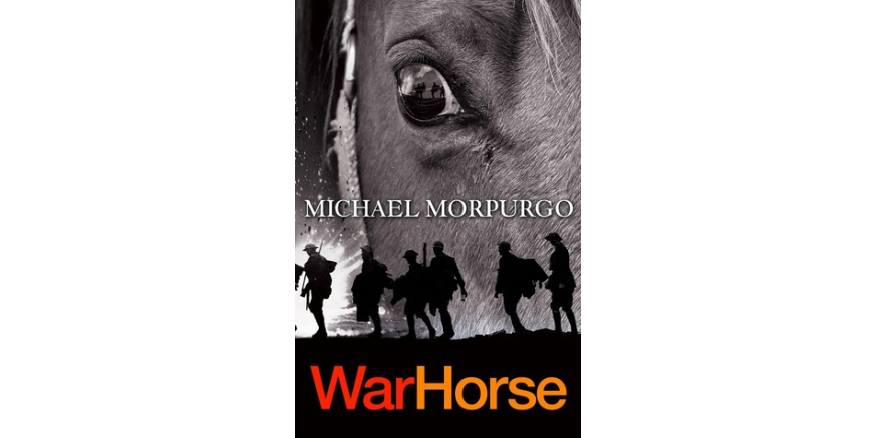#NVHOW20 Introducing Harriet Jackson @harrietj1928 “This Whole Wretched Mess”: Representations of the First World War in Children’s Literature’ - the cultural memory of the First World War and its representation in the children’s literature #FWW #WW1#FirstWorldWar
1 #NVHOW20 My research examined the relationship between the public memory of WW1 and its representation in children’s books over the past 20 years. This isn’t simply top-down; in some areas children’s literature echoes popular ideas of WW1, and in other ways it challenges them.
2 #NVHOW20 Today, I’ll focus on one common element, the home/away/home structure found in books, from Peter Rabbit to the Hunger Games, but seen really clearly in War Horse: Joey and Albert start the book at home in Devon, go away to war and return home at the end of the book. 

3 #NVHOW20 The Western Front is at the forefront of public memory of WW1 in the UK and it has become representative of the war as a whole. This is reflected in the ‘away’ part of many children’s books. For example, in Private Peaceful Charlie and Tommo go and fight in France. 

4 #NVHOW20 The Western Front is also described in ways which are familiar. In Private Peaceful, the trenches are vividly described as full of mud, rain, rats and lice. They are portrayed as a place which breaks men. In War Horse, the mud itself is often what kills the horses.
5 #NVHOW20 However, not all children’s books about WW1 focus on the Western Front. Loyal Creatures is about the Australian Light Horsemen fighting in the Middle East. The Amazing Tale of Ali Pasha tells the story of an English sailor fighting at Gallipoli and in Egypt. 

6 #NVHOW20 This increases the geographic diversity within children’s literature, but they are still told from a white perspective. Most children’s books refer to the number of non-white soldiers who fought, echoing recent scholarship. But they lack non-white protagonists.
7 #NVHOW20 The potential for diverse viewpoints exists. Het Meisje en de Soldaat (The Girl and the Soldier) is a Belgian children’s book told from the perspective of an African soldier. But there isn't an English translation; very few children's books are translated into English. 

8 #NVHOW20 In some books the main characters don’t physically go to war, but their home environment is so changed that it is as if they are away. This forces the characters to develop and grow. This leads to children’s books having a very nuanced perspective of the Home Front.
9 #NVHOW20 Ghost Soldier is mostly an adventure novel in which the young protagonists go on a quest to find their missing father. But the richness of children’s literature often comes from the contrasts within it and this book contains a very sensitive portrayal of trauma. 

10 #NVHOW20 A convalescent home for shell-shocked soldiers opens in the children’s village, allowing for a detailed examination of the effect the war has had on soldiers. But the book also shows the huge trauma the children’s mother felt when their father was declared missing.
11 #NVHOW20 I hope this small snippet shows the complexity and potential of children’s books about WW1. They don’t only repeat a simplified version of what we already think we know but have a nuanced perspective of their own. They also have the potential to go even further.
12 #NVHOW20 Children’s literature is important and we should consider how it represents our past. Books like War Horse are frequently used in schools to introduce children to WW1 and therefore such books help shape how this conflict will be understood in the future. Thank you.
13 #NVHOW20 Ask me questions @harrietj1928
• • •
Missing some Tweet in this thread? You can try to
force a refresh












